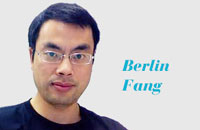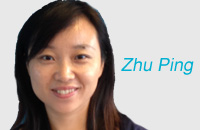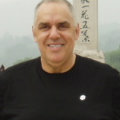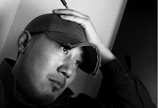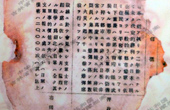Education system in search of reforms
By Xiong Bingqi (China Daily) Updated: 2014-06-09 07:41The only goal of these students and their families are excelling in the gaokao, so the management of such schools is quite strict (even "abnormal"). Only scores count here. The small town in Anhui from where the Maotanchang High School operates is known as "the town of college entrance exam". Maotanchang has unofficially cancelled all entertainment activities, and its residents have accepted the move because the gaokao business is the "pillar industry" of the town. That perhaps explains why most of the students excel in the gaokao after studying here for one year -students have nothing else to do except study all day.
Such schools will become more popular and prosperous if the existing education system and academic environment do not change. Super high schools are usually the best schools in an area where education resources are concentrated and thus attract top students. In some areas, almost half of the local students who enter top universities such as Peking University and Tsinghua University are from one single super high school.
These super schools have created a peculiar situation. On one hand, given these schools' excellent college enrollment rate and education resources, many students put in their best efforts to get admitted to them and accept their highly intense exam-oriented education system. On the other, most of the other schools can hardly guarantee quality education because education resources are concentrated in the super high schools.
To correct this undesirable situation, the authorities have to intensify the education management system and gaokao reforms. They should change the higher education policy to promote equal competition among colleges and universities, and encourage more independent college enrollment that would allow students to apply to several colleges and colleges to enroll students independently.
The exam-oriented education system can be streamlined if students' destiny is not decided only by the gaokao and they are given the opportunity to make multiple choices for higher education.
The author is vice-president of the 21st Century Education Research Institute.


